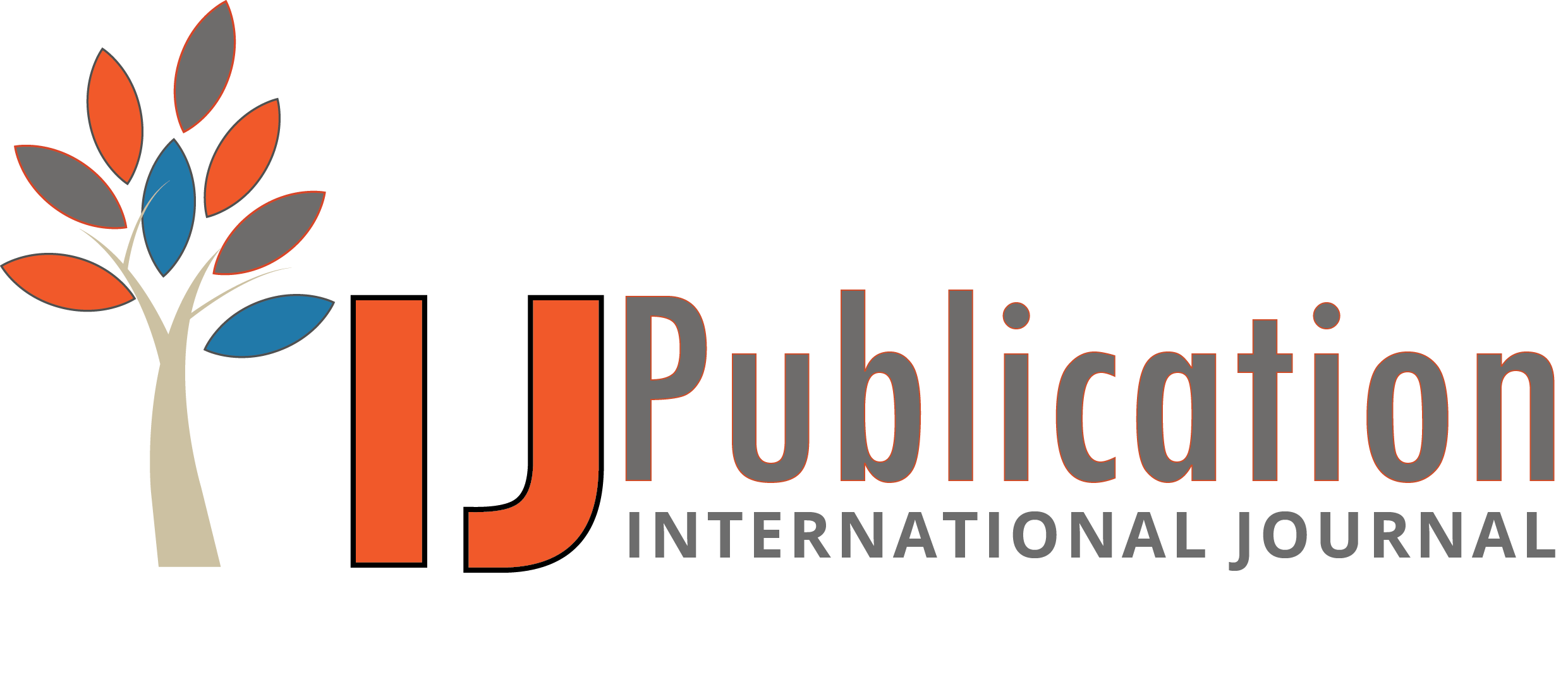Ramya Ramachandran Reviewer
15 Oct 2024 05:42 PM
 Not Approved
Not Approved
Relevance and Originality
This research article addresses a critical and timely issue in the realm of digital advertising by proposing a novel approach that harnesses quantum computing to enhance machine learning (ML) algorithms. The focus on real-time ad serving highlights the increasing need for efficiency and speed in programmatic advertising, making the topic highly relevant to industry stakeholders. The originality of the work is evident in its hybrid framework, Quantum AdServer, which blends quantum algorithms with classical computing techniques. This innovative integration could potentially set a new standard in computational advertising, paving the way for further exploration of quantum-enhanced technologies in various applications.
Methodology
The methodology employed in this paper is well-structured and appropriately tailored to the research objectives. The authors utilize Variational Quantum Circuits (VQC) and the Harrow-Hassidim-Lloyd (HHL) algorithm to explore their effectiveness in accelerating ML tasks specific to ad delivery. The clear distinction between the near-term applications of VQC on noisy intermediate-scale quantum (NISQ) devices and the future potential of HHL provides a solid foundation for understanding the practical implications of their approach. However, the paper could be enhanced by including a more detailed explanation of the experimental setup, including the specific ML tasks assessed and the criteria for performance evaluation.
Validity & Reliability
The validity of the proposed framework is supported by a comprehensive theoretical analysis and simulations that demonstrate its potential effectiveness. By comparing quantum methods with classical approaches, the authors provide a clear context for the advantages of their solution. However, the reliability of the findings could be strengthened through empirical validation in real-world ad-serving environments. Including more extensive benchmarks and a discussion on the reproducibility of results would enhance the credibility of the study, allowing readers to better assess the practical applicability of the Quantum AdServer.
Clarity and Structure
The article is generally well-organized, with a logical flow that guides the reader through the complexities of quantum computing and its application in ad tech. The use of technical terminology is appropriate for the intended audience, but some sections may benefit from additional clarifications or simplifications to ensure broader accessibility. Incorporating visuals, such as diagrams illustrating the hybrid framework or flowcharts depicting the process of quantum-enhanced ad serving, could further enhance comprehension and engagement for readers unfamiliar with quantum computing concepts.
Result Analysis
The results analysis effectively highlights the significant improvements in speed and scalability achieved through the Quantum AdServer framework. The discussion of practical challenges, including hardware limitations and integration issues, demonstrates a realistic approach to the implementation of quantum computing in advertising. However, the paper could benefit from a more in-depth analysis of the quantitative results obtained from simulations, such as specific metrics on performance gains compared to classical methods. Additionally, exploring potential implications for the advertising industry, including cost-effectiveness and enhanced targeting capabilities, would provide valuable insights into the broader impact of this research.








Ramya Ramachandran Reviewer